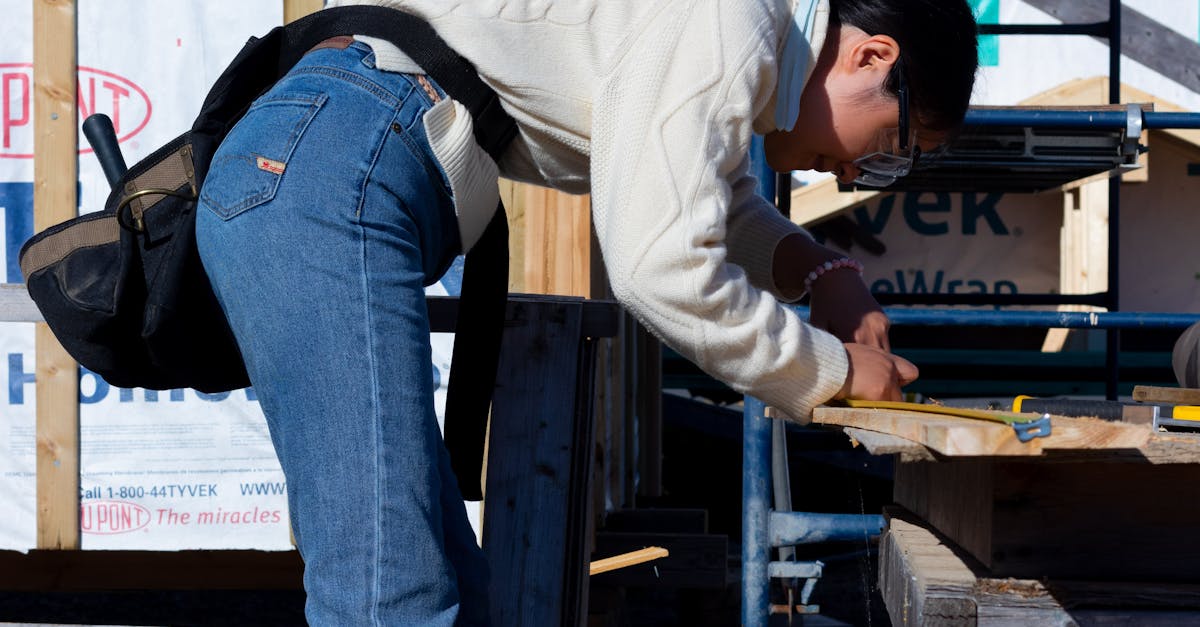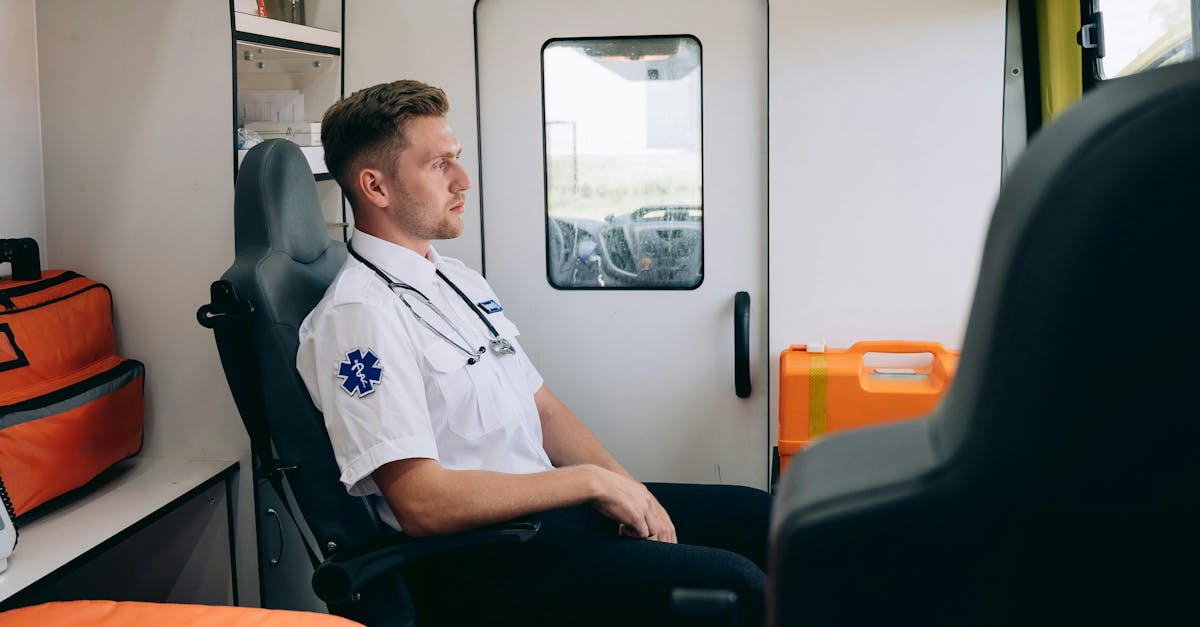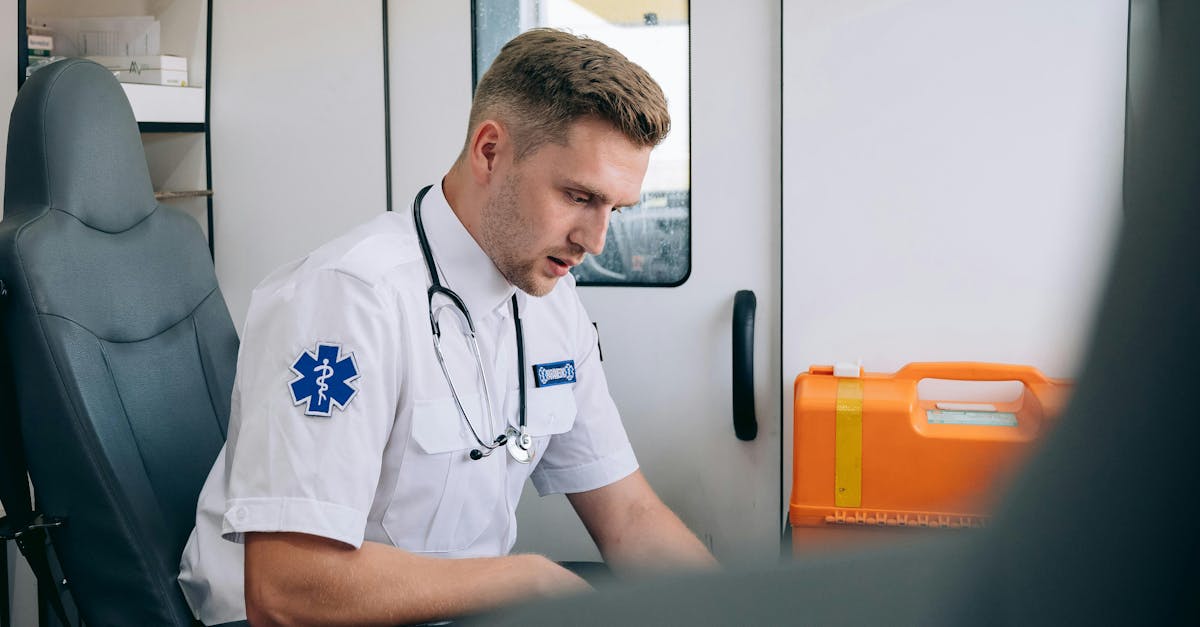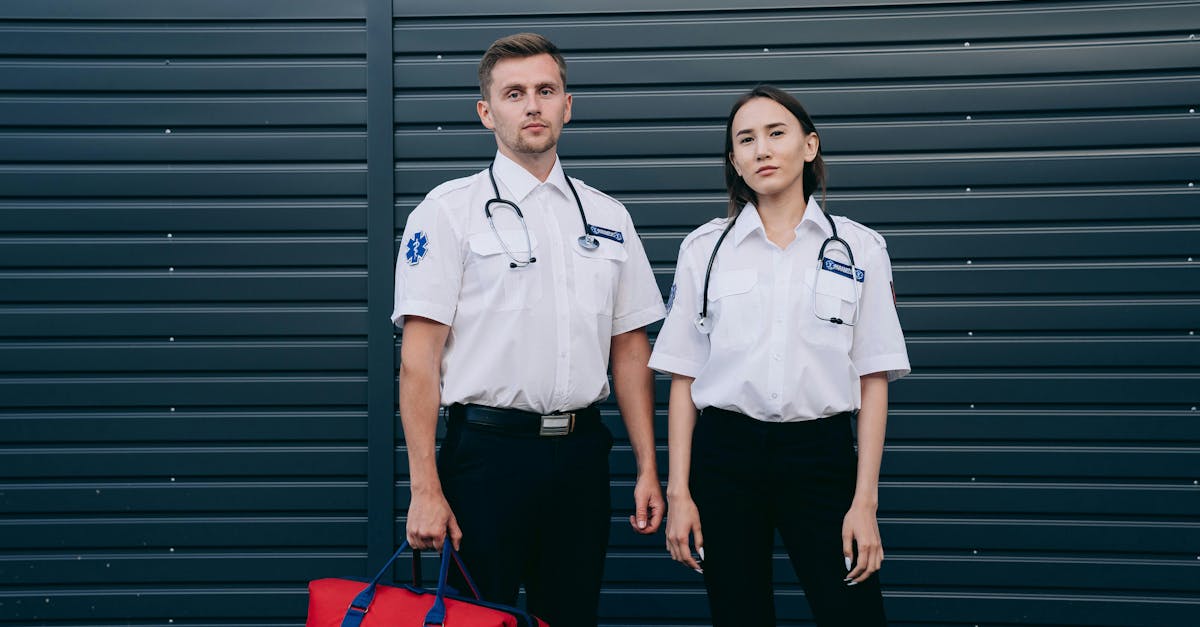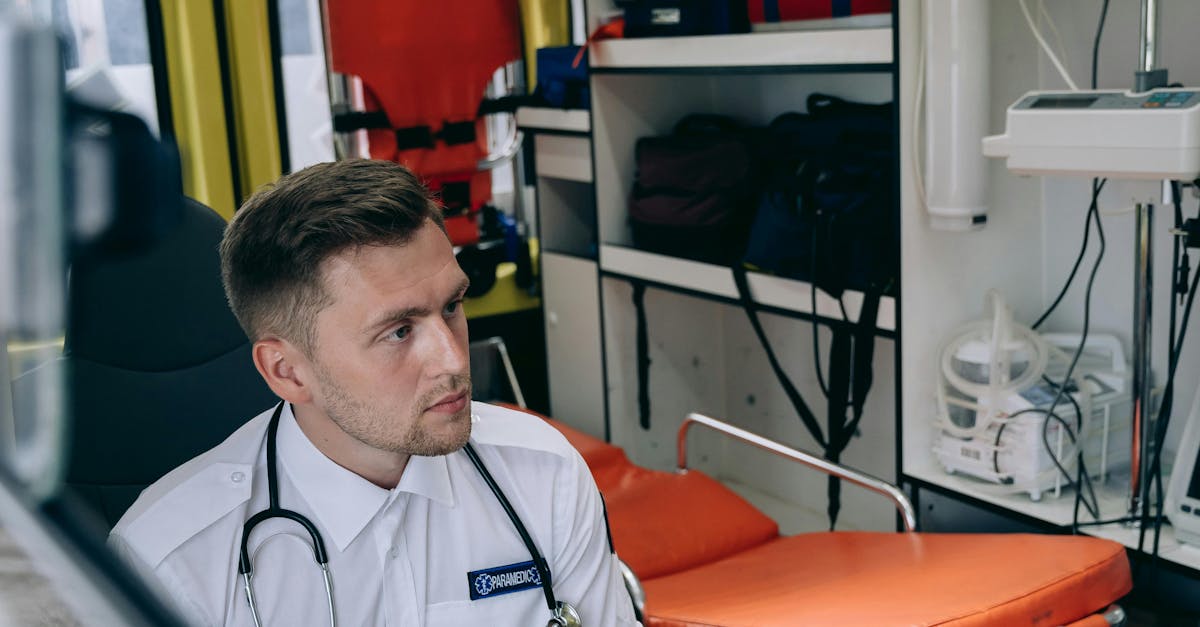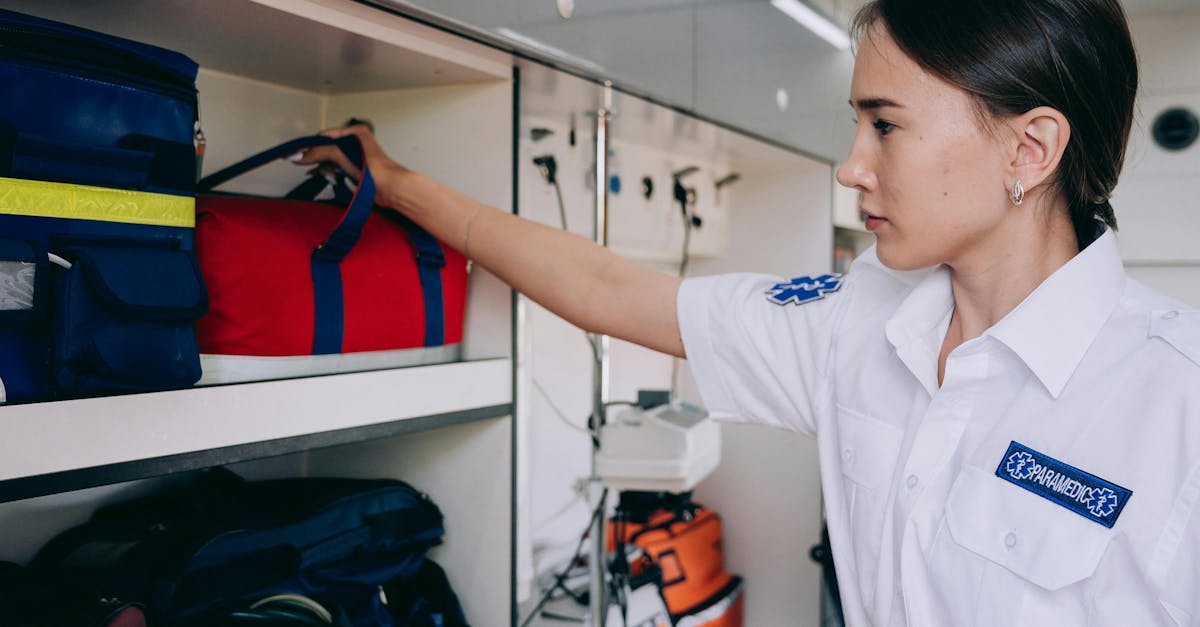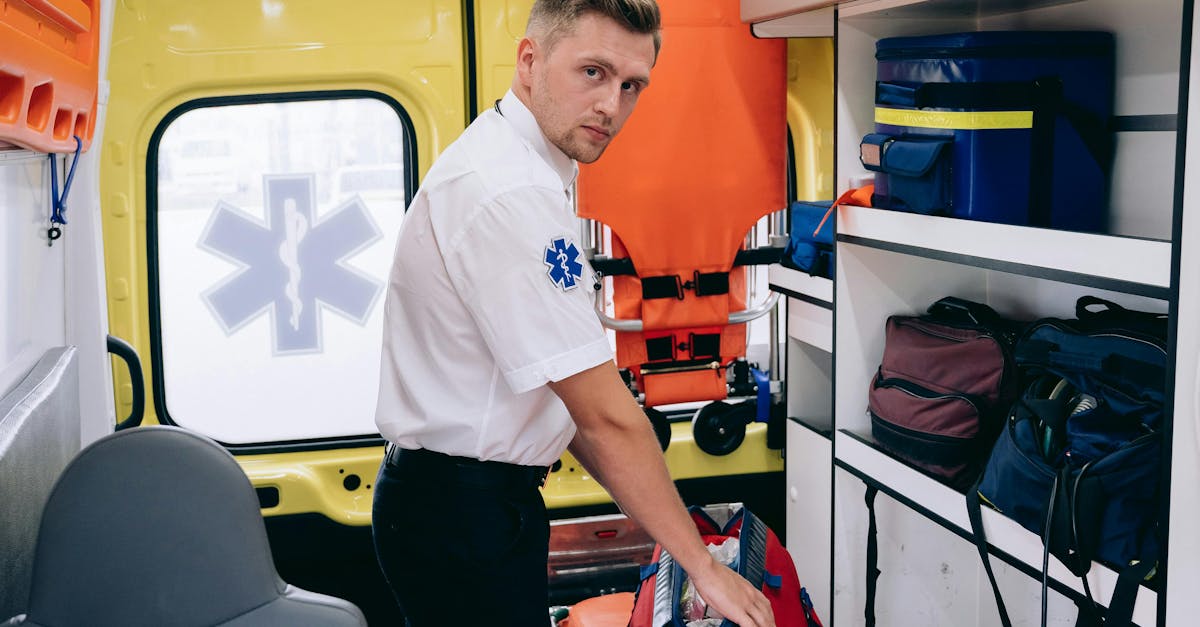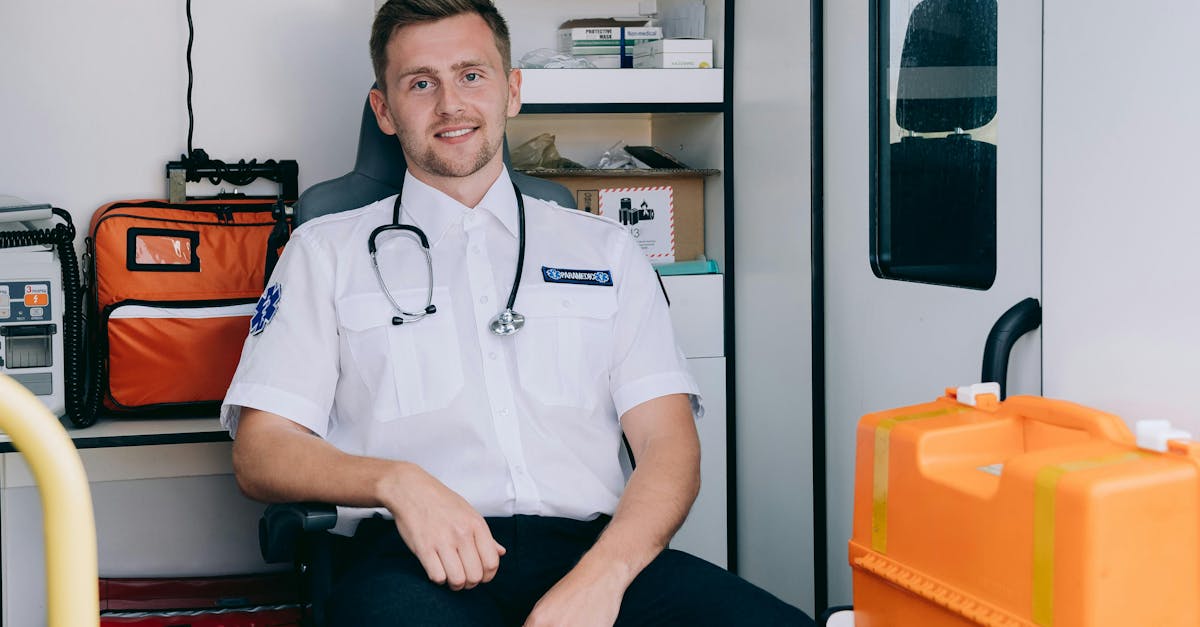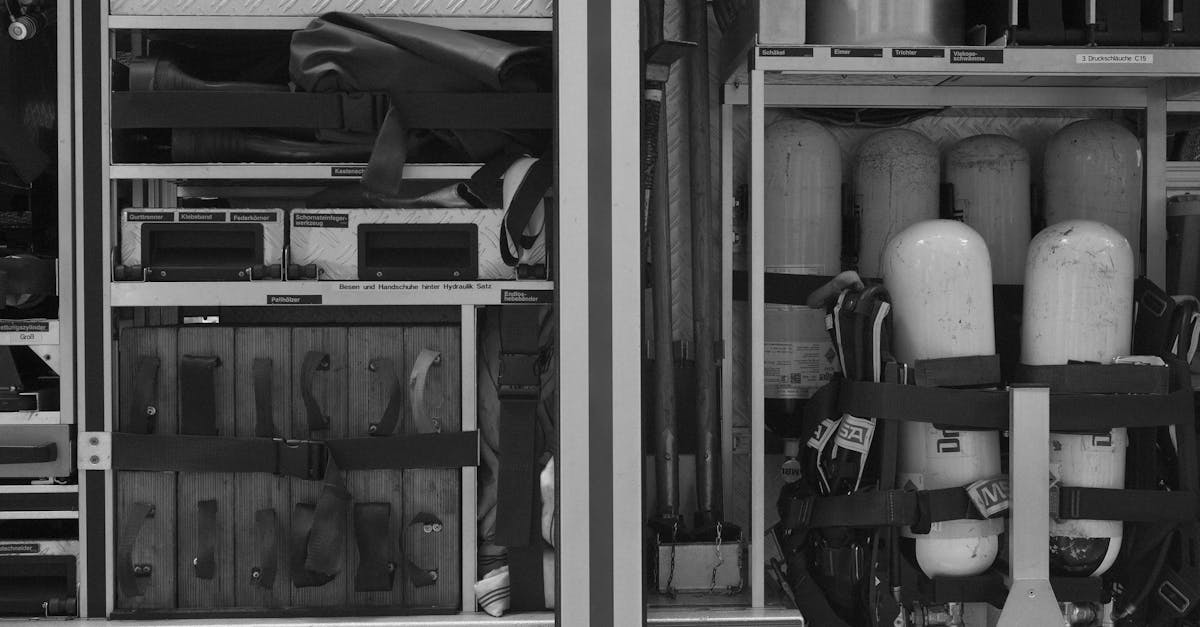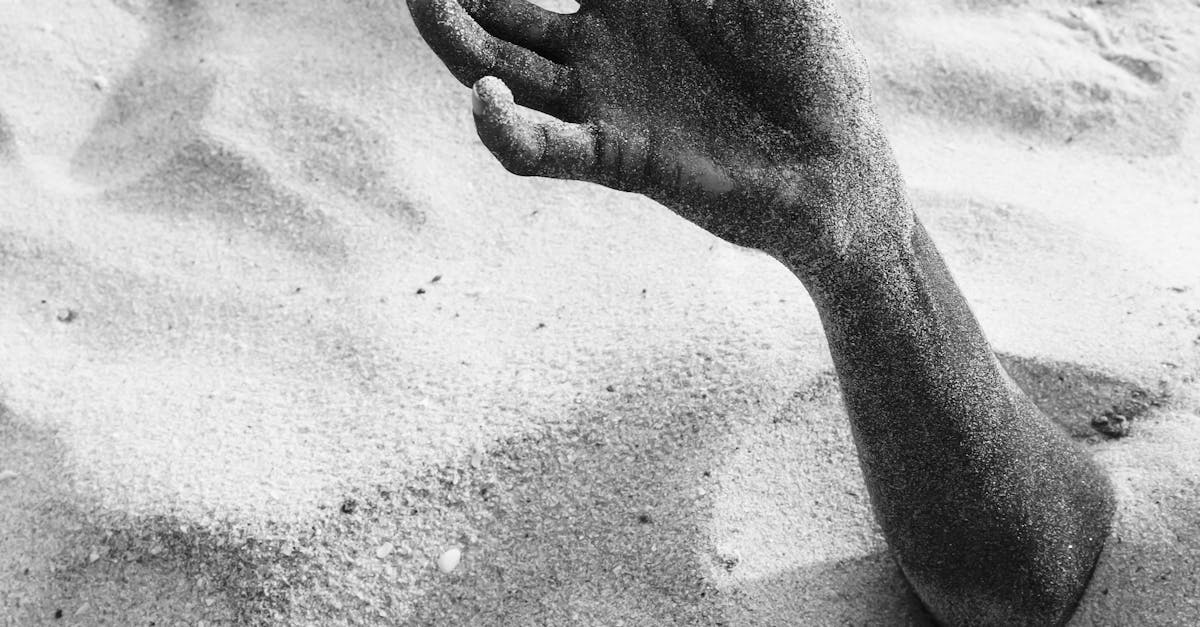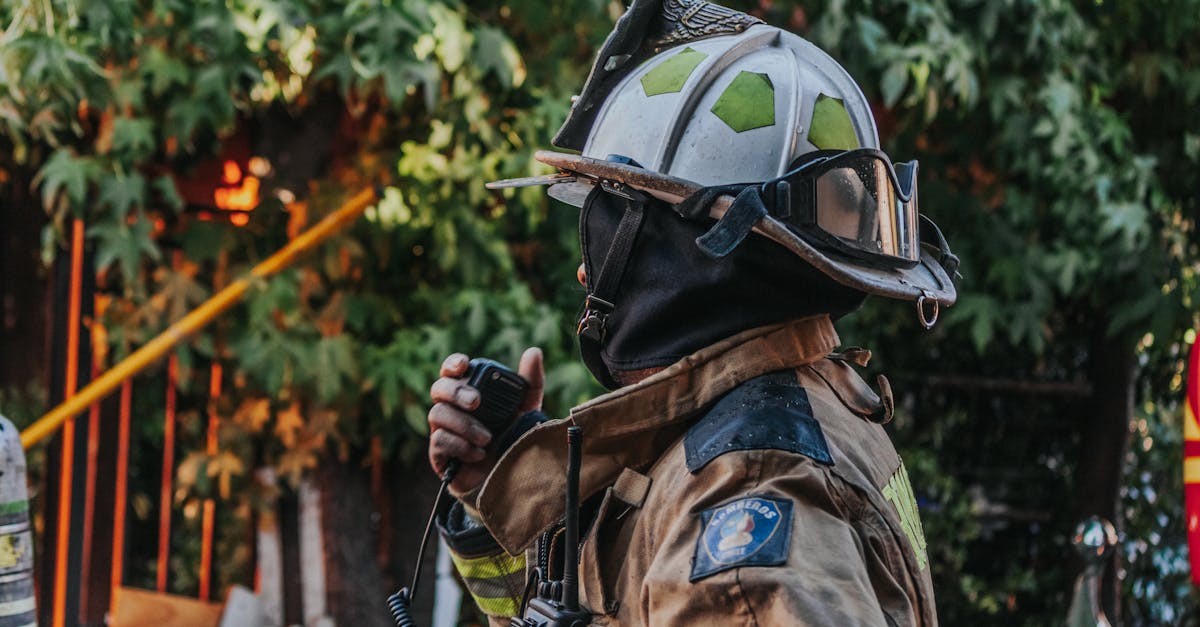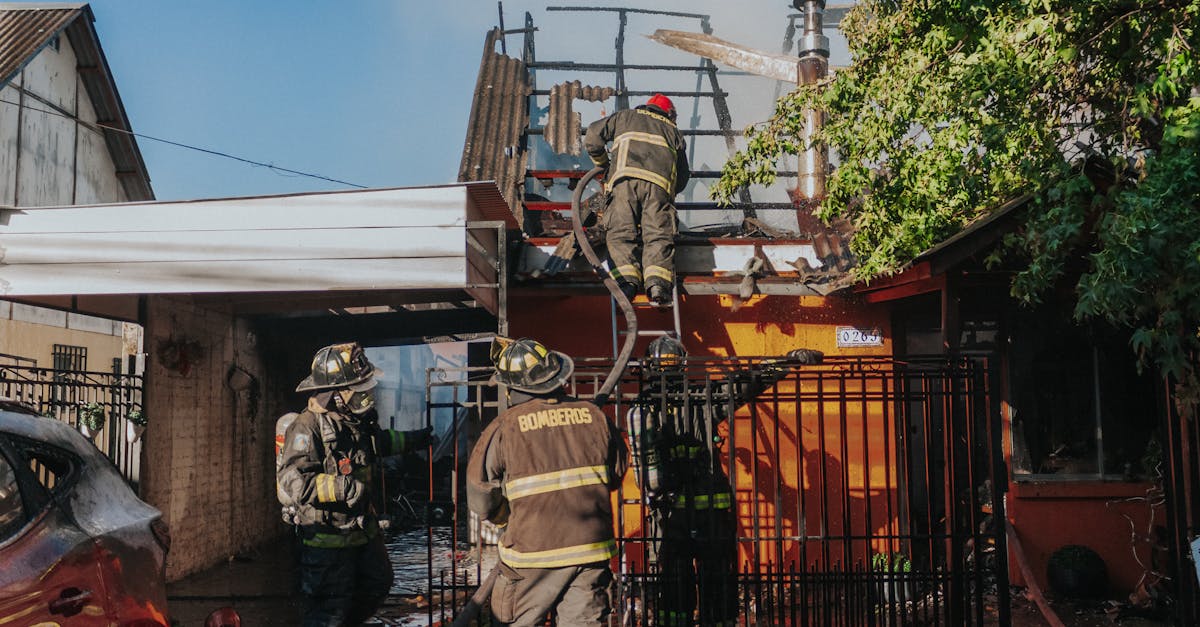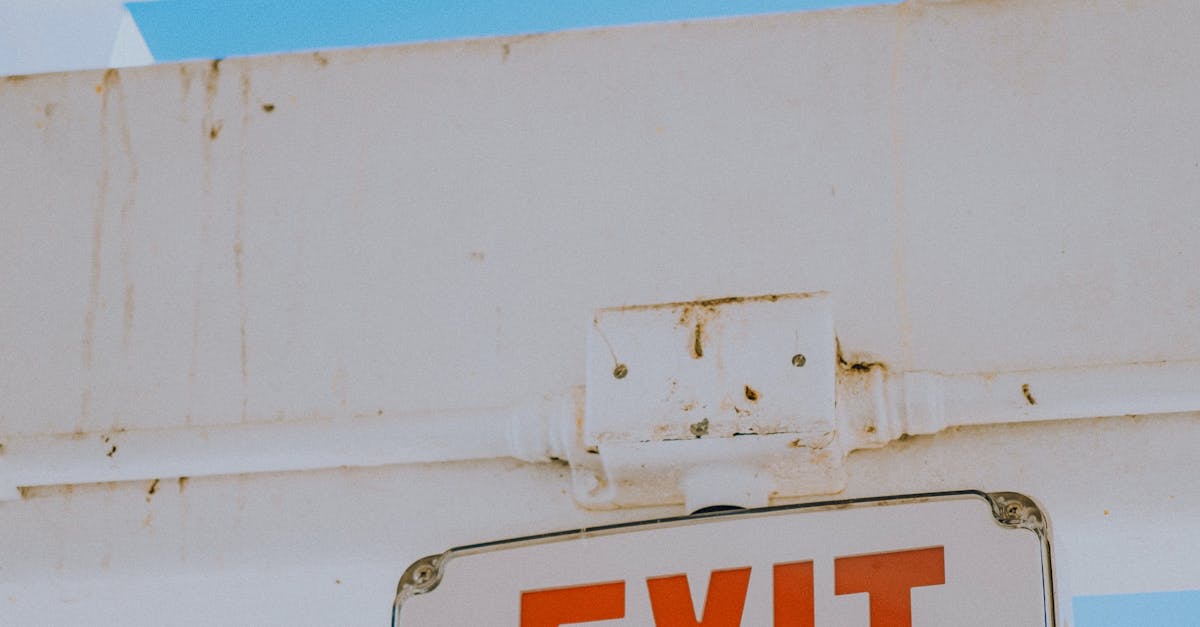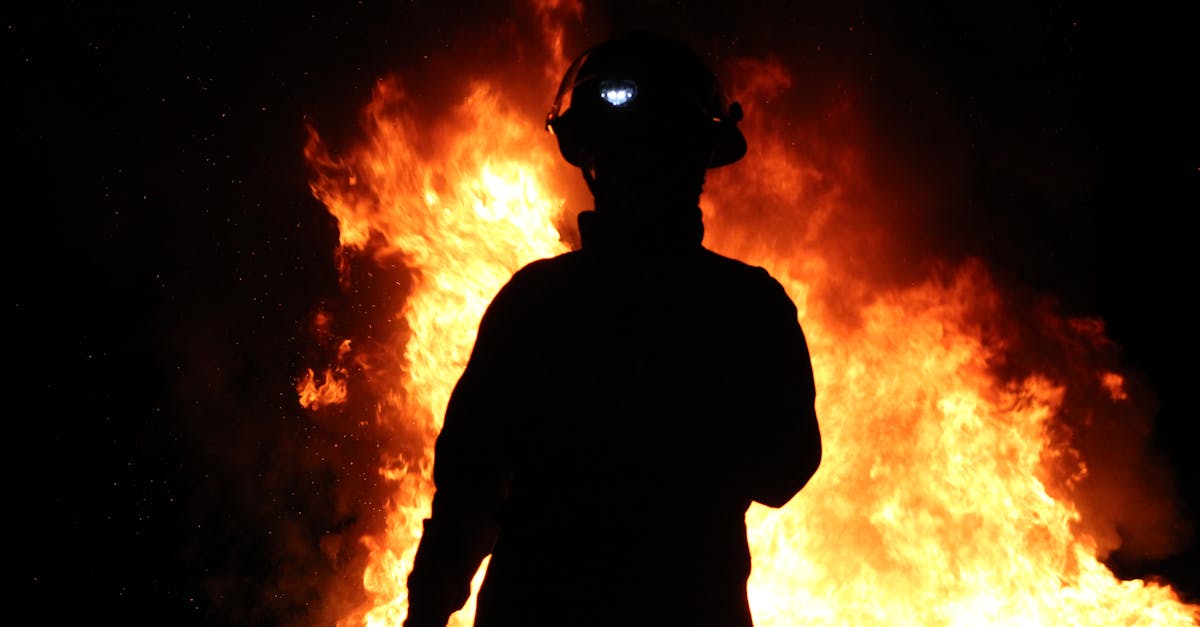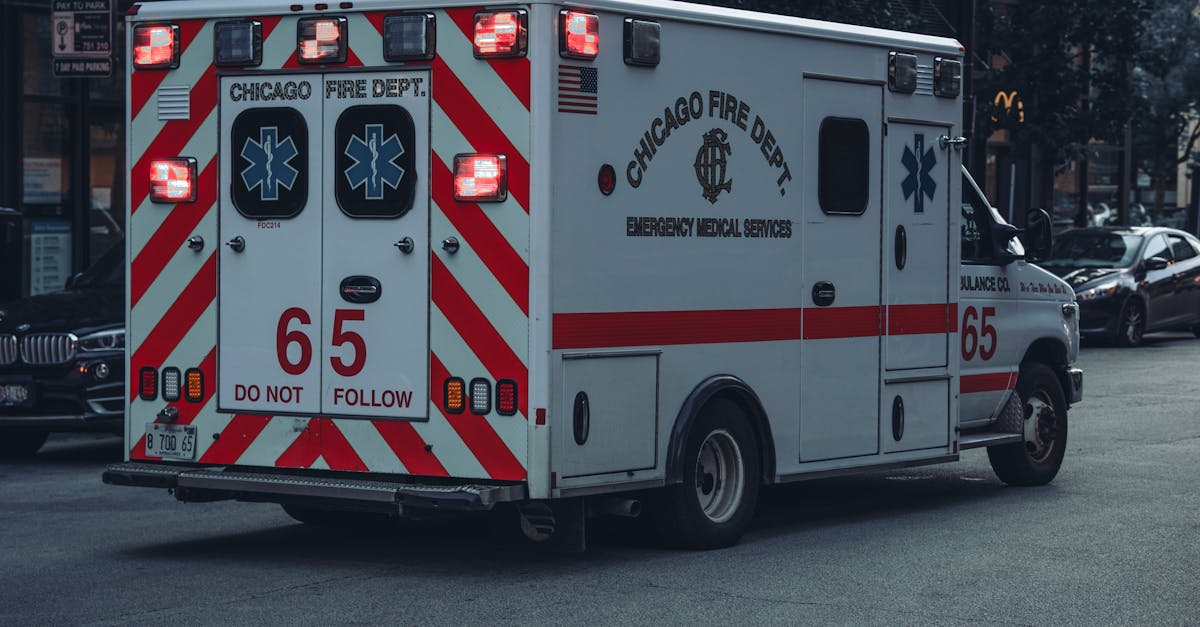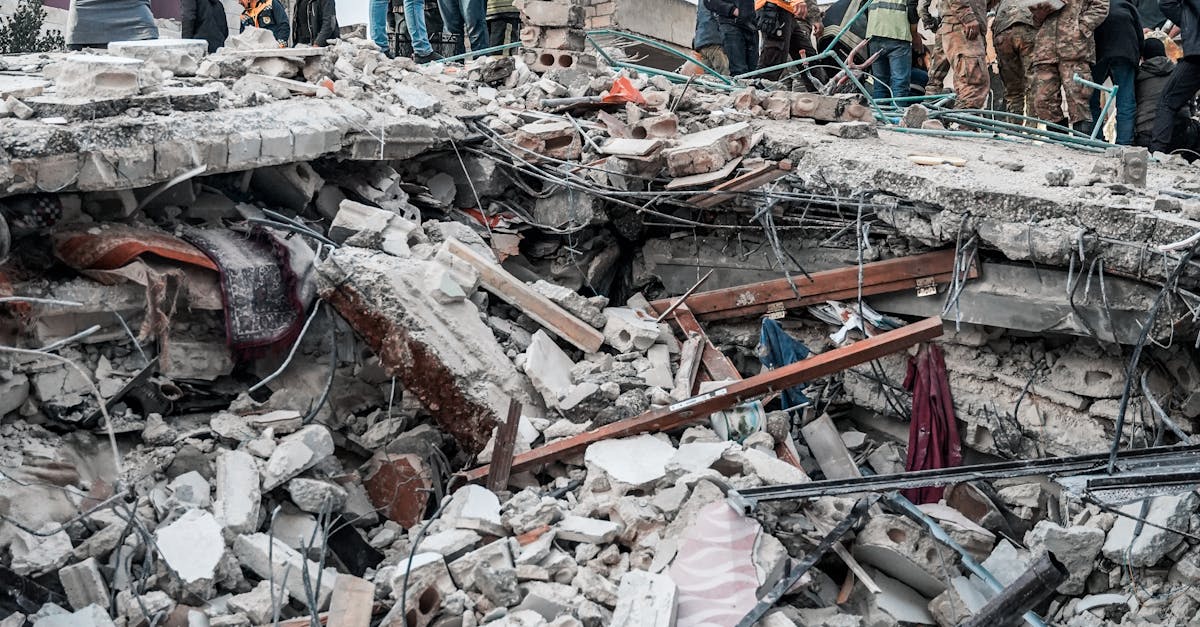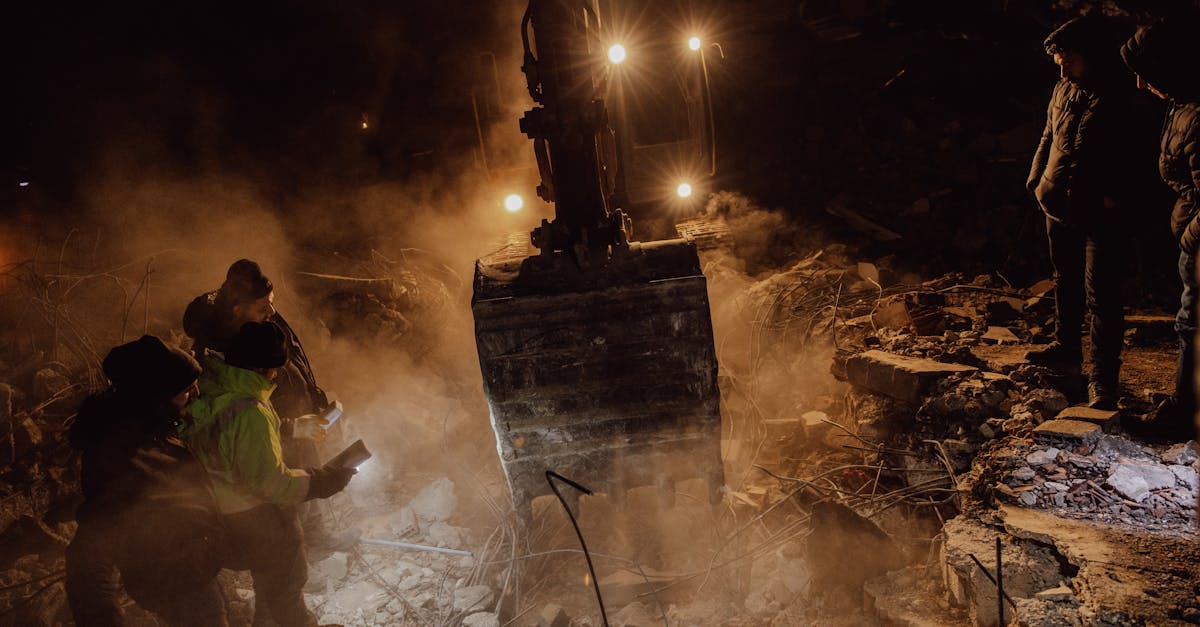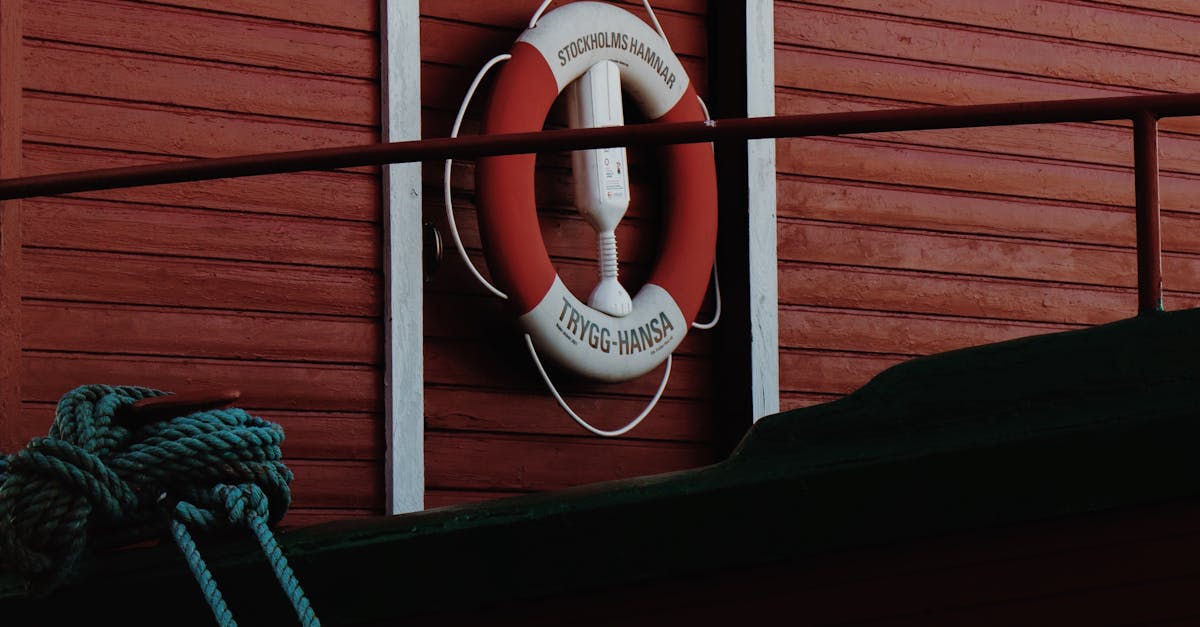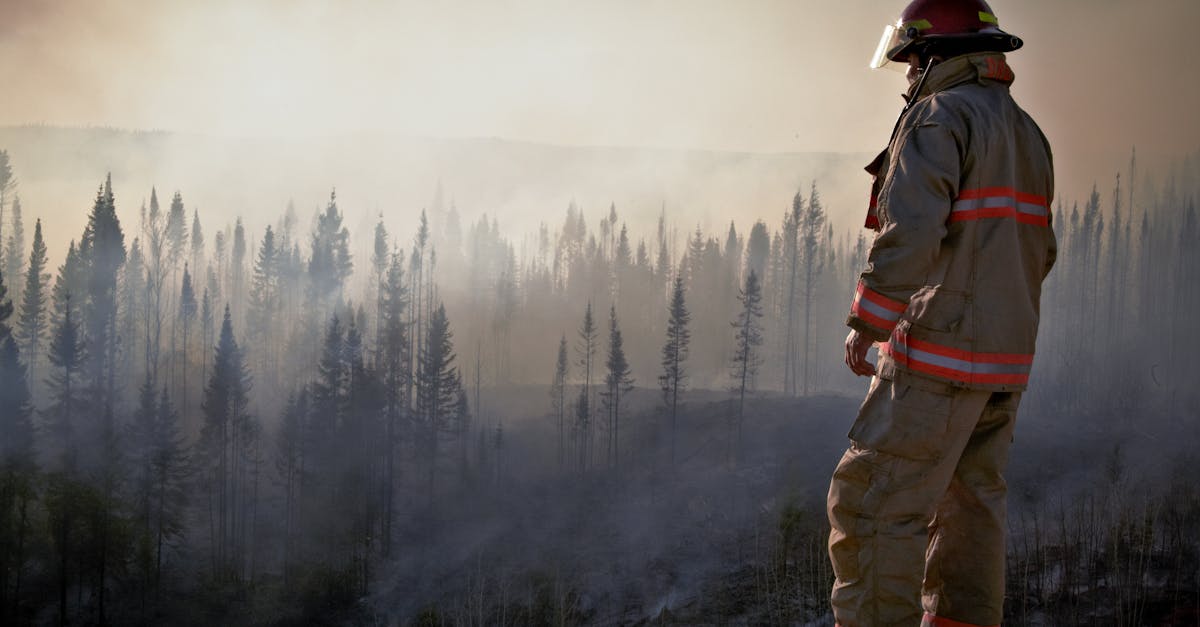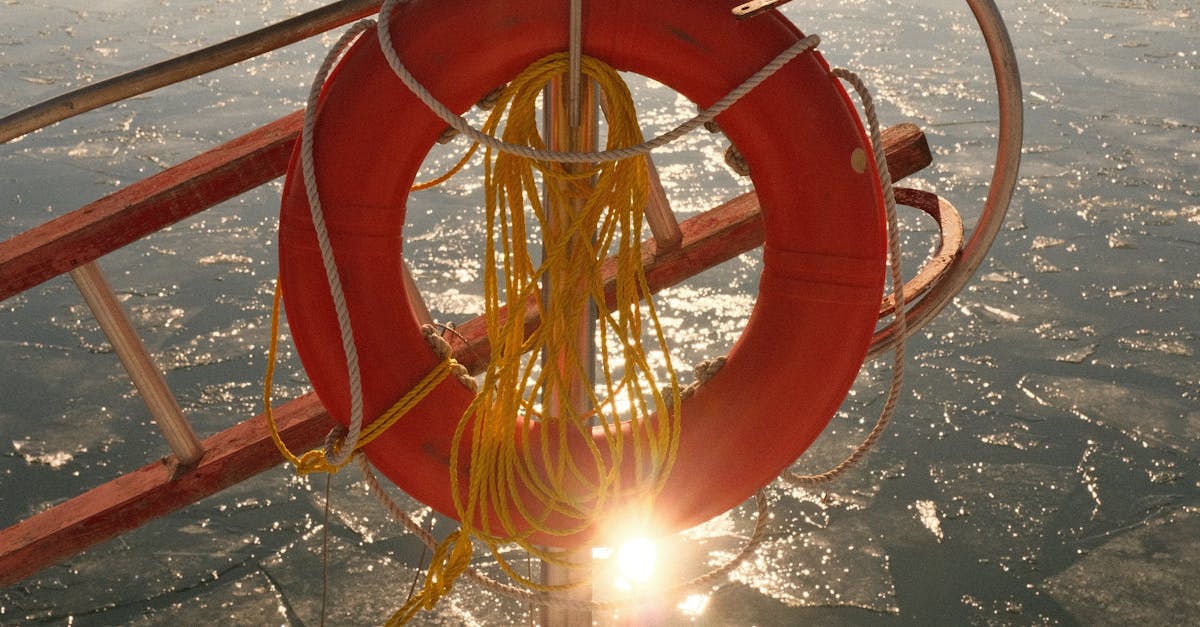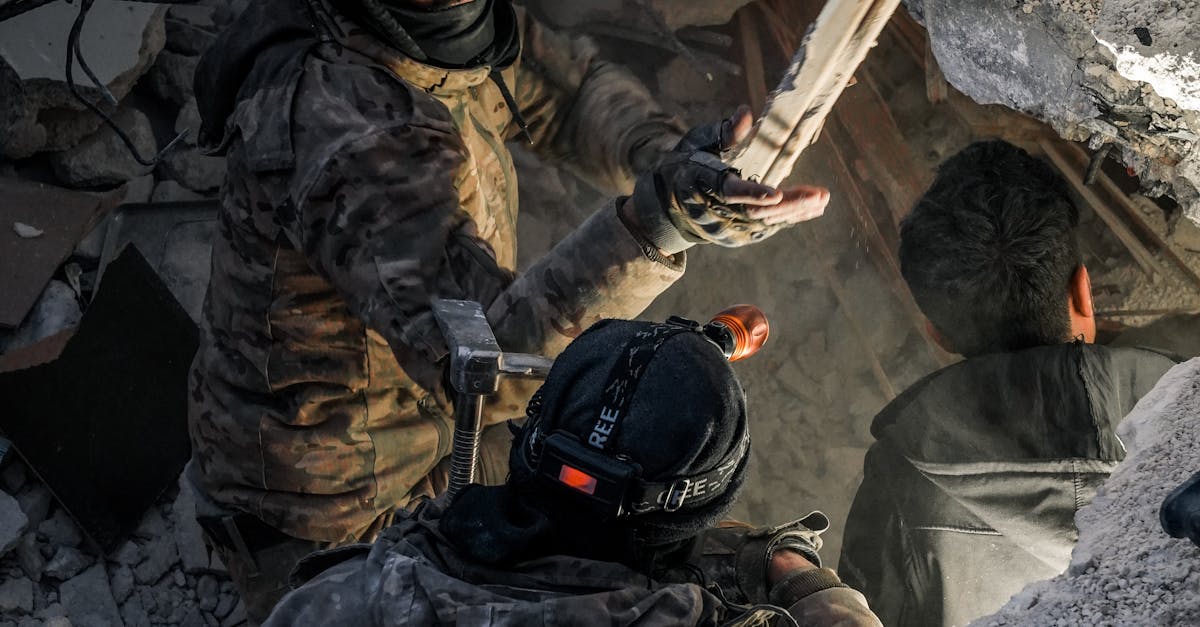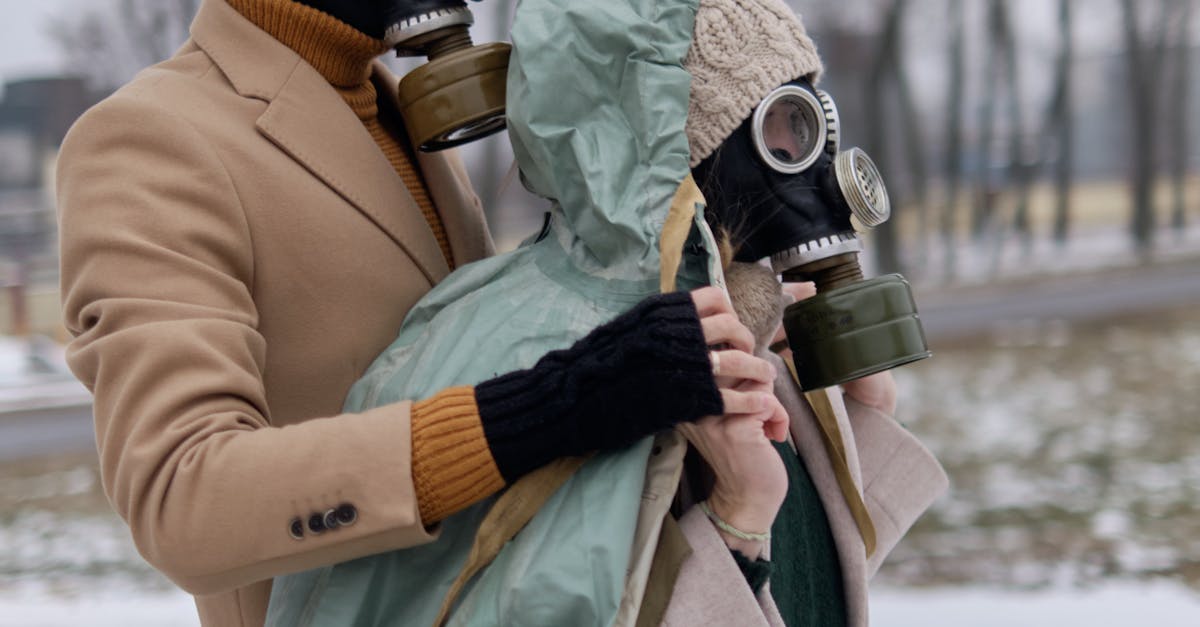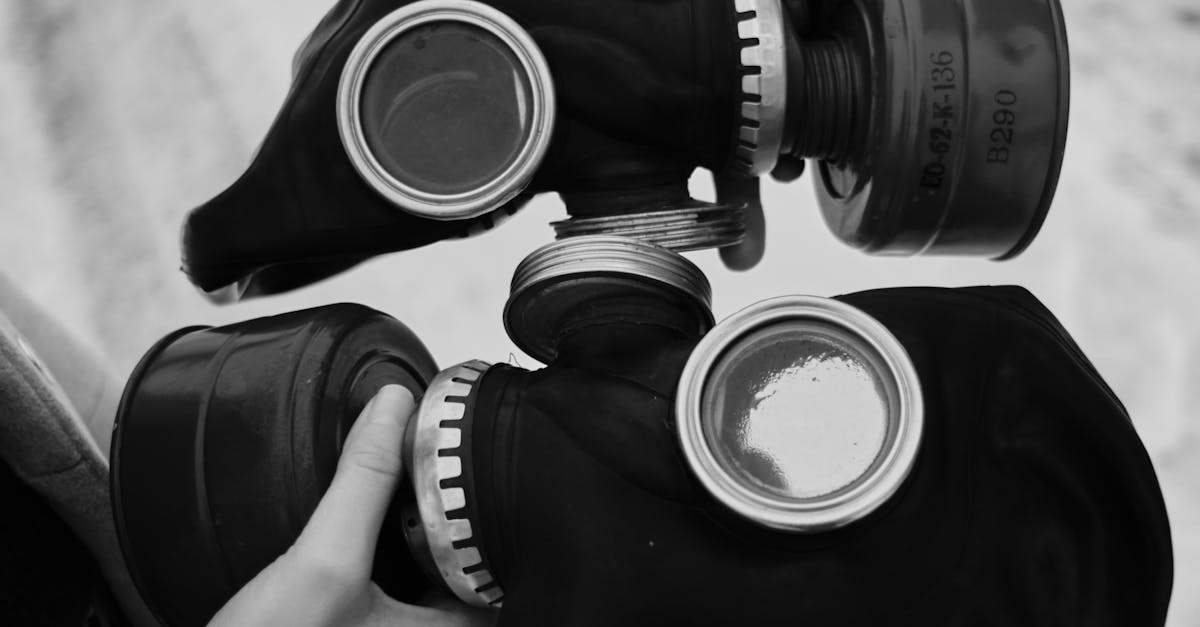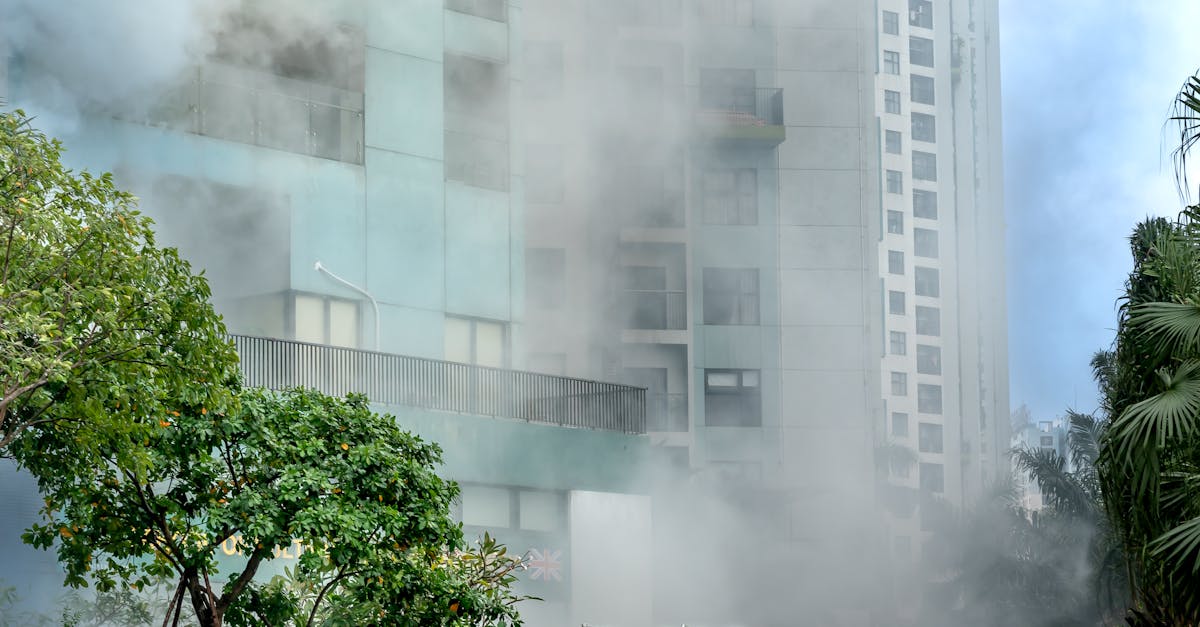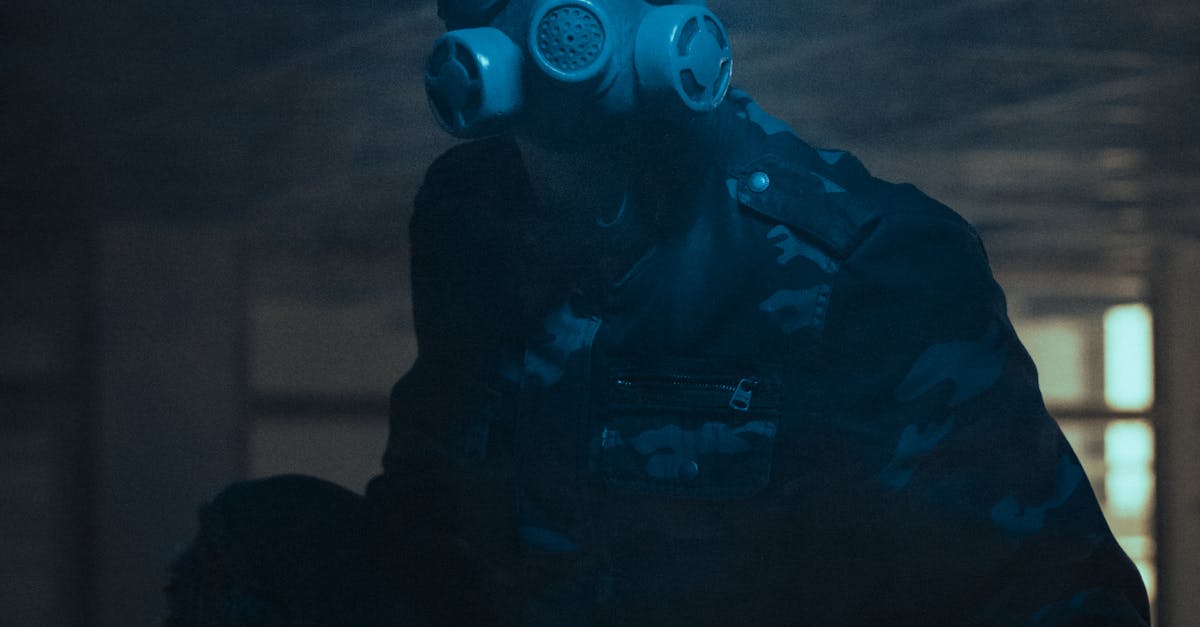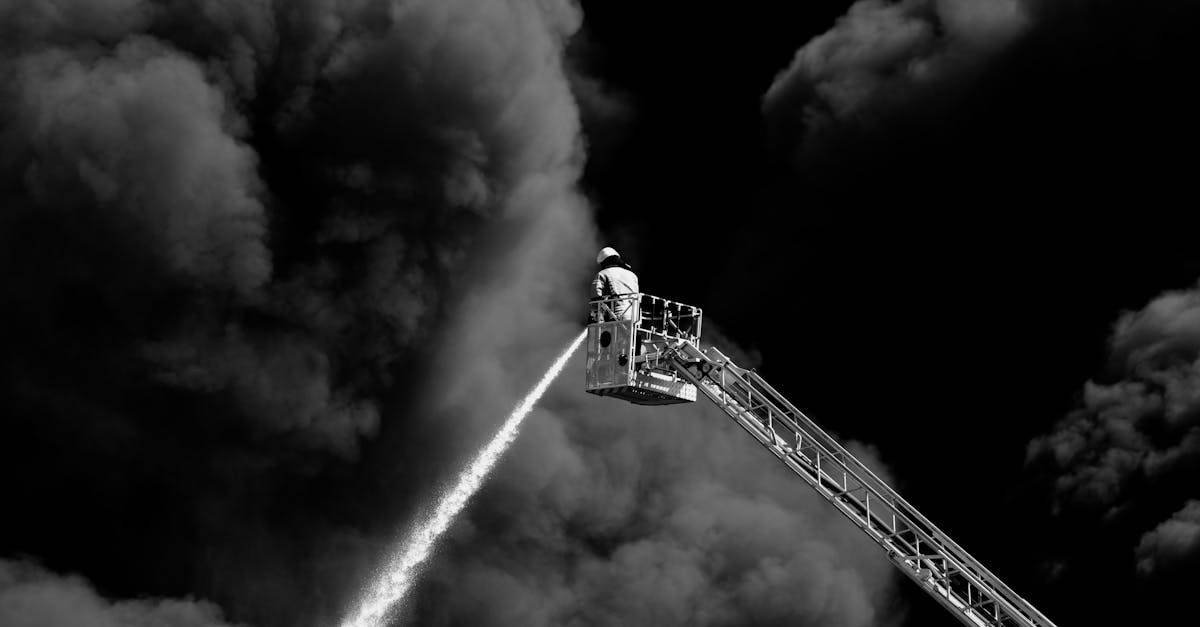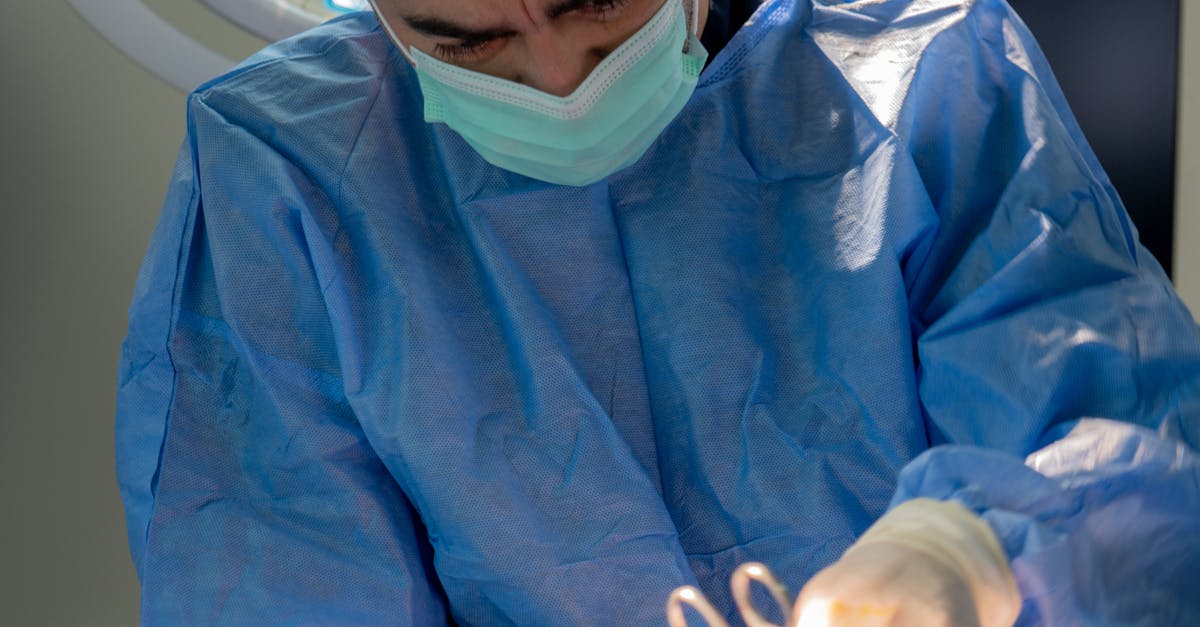
Table Of Contents
Cleaning and Sanitising
After assessing the damage caused by a burst pipe, the next vital step is cleaning and sanitising the affected areas. Start by removing any standing water using wet vacuums or mop and bucket techniques. Pay close attention to carpets, upholstered furniture, and other porous materials, as these can trap moisture and become breeding grounds for bacteria and mould. Using a mix of hot water and a suitable cleaning solution will help eliminate contaminants and improve hygiene levels. For surfaces like tiles and concrete, a disinfectant can ensure thorough sanitisation.
Once cleanup is complete, drying the area quickly is crucial to preventing long-term damage. Set up fans and dehumidifiers to enhance airflow and reduce humidity levels. Open windows when possible to facilitate natural ventilation. A burst pipe plumber can provide insights into the drying process and recommend specialized equipment if necessary. Monitoring the area for any signs of moisture retention will help ensure that the space remains sanitised and safe for future use.
Preventing Mold Growth
Mould thrives in damp environments, making it crucial to act quickly after a burst pipe. Remove any standing water promptly, as lingering moisture provides the perfect breeding ground for mould spores. Use dehumidifiers and fans to increase airflow and accelerate the drying process. Inspect all affected areas, including hidden spaces such as behind walls and under flooring, to ensure thorough drying.
Regular monitoring is essential, even after initial cleanup. Check for early signs of mould, such as discolouration or a musty smell. If concerns persist or if extensive damage has occurred, consulting a burst pipe plumber is advisable. They can assess the situation comprehensively and recommend additional treatments or repairs to prevent future mould infestations.
Preventing Future Issues
To prevent future issues with burst pipes, regular maintenance of plumbing systems is essential. Property owners should conduct periodic inspections of pipes, especially those in areas prone to freezing or corrosion. Aging infrastructure can increase the risk of unexpected leaks. Keeping an eye out for signs of wear and tear can lead to proactive repairs, potentially saving homeowners from costly damages.
Engaging a burst pipe plumber for routine assessments can help identify vulnerabilities before they escalate into serious problems. These professionals can provide insights on pipe materials and recommend upgrades if necessary. Being proactive in addressing plumbing issues not only enhances the integrity of the system but also offers peace of mind during extreme weather conditions.
Inspecting for Other Vulnerabilities
After addressing the immediate aftermath of a burst pipe, inspecting the surrounding areas for other vulnerabilities is crucial. Look for signs of water damage, such as discoloured walls, warped flooring, or damp insulation. These indications may point to additional leaks or weaknesses that could lead to further issues. Identifying these problems early can save homeowners from more significant damage and costly repairs down the line.
Engaging a burst pipe plumber can provide valuable insights into the overall plumbing system's condition. They can help uncover hidden leaks or potential risks that might not be visible to the untrained eye. Regular maintenance checks by a professional can ensure that the entire plumbing infrastructure remains in good working order, ultimately reducing the chance of future emergencies.
Calling in Professionals
When dealing with the aftermath of a burst pipe, enlisting the help of professionals can be crucial. A burst pipe plumber possesses the expertise necessary to assess the damage and implement effective solutions. They can quickly identify any structural issues that may have arisen from the water intrusion, ensuring safety and compliance with Australian building codes. Their experience allows for a more thorough drying process, minimising further complications such as mould growth or weakened foundations.
Additionally, a burst pipe plumber can advise on preventative measures to avoid future incidents. They may suggest routine inspections or upgrades to existing plumbing systems. Engaging a professional not only helps in rectifying immediate concerns but also provides peace of mind that your home is in capable hands. Their specialised knowledge ensures that repairs are done properly, potentially saving homeowners from costly repairs down the line.
When to Seek Help
Identifying when to seek professional assistance is crucial after experiencing the chaos of a burst pipe. If the flooding is extensive or the water has affected multiple rooms, it's wise to contact a burst pipe plumber. These experts have the equipment and expertise needed to assess damage accurately and initiate the necessary repairs. Ignoring significant water damage can lead to costly repercussions, so timely intervention is key.
Additionally, if you notice unpleasant odours or see early signs of mould growth, professional help should not be delayed. A burst pipe plumber can not only fix the immediate issue but also provide vital advice on how to manage and mitigate moisture levels in your home. Their guidance can prevent future complications and ensure your living space remains safe and comfortable.
FAQS
What are the first steps to take after a burst pipe?
The first steps include turning off the water supply to prevent further flooding, shutting off the electricity if water is present, and removing any valuables or furniture from the affected area.
How can I clean and sanitise the affected area after drying it out?
After drying out the area, use a mixture of water and mild detergent to clean surfaces. For sanitising, a solution of one cup of bleach to one gallon of water can be used, but ensure proper ventilation and wear protective gear.
How can I prevent mould growth after a burst pipe?
To prevent mould growth, ensure the area is thoroughly dried within 24-48 hours. Use dehumidifiers and fans to expedite the drying process, and consider treating surfaces with antifungal solutions.
When should I consider calling in professionals for water damage restoration?
If the water damage is extensive, if there are signs of mould, or if you feel overwhelmed by the clean-up process, it’s best to call in professionals who can assess the situation and provide specialised equipment and expertise.
What should I do to prevent future issues with burst pipes?
Regularly inspect your plumbing system, insulate pipes in cold areas, keep an eye on water pressure, and schedule routine maintenance checks to identify and resolve vulnerabilities before they lead to a burst pipe.
